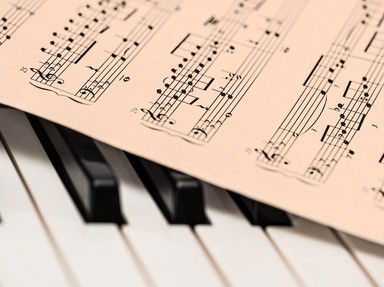
The Usual Classical Suspects Trivia Quiz
Find the Composers
Fifteen classical composers, each one the writer of a symphony. Can you find the usual classical suspects and eliminate the com-POSERS?
A collection quiz
by trident.
Estimated time: 3 mins.